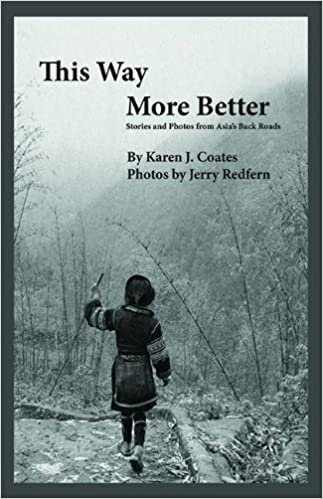Shadow Family by Miyuki Miyabe (Kodansha)
Shadow Family is a murder mystery incorporating the world of Internet chat rooms where people gather and pretend to be whoever they want to be. The story starts off with the investigation into two murders in two different locations but evidence suggests that they were killed by the same person.
Shadow Family was originally published in the Japanese language in 2001 with the title R.P.G. At the beginning of this book we are given a short definition of the term role-playing: “A method of learning in which real life situations are acted out; by playing various imaginary roles, participants master techniques of problem-solving.”
The victims are a middle-aged businessman named Ryosukie Tokoroda and a young woman named Naoko Imai who was found strangled to death near her place of work. As the deaths took place far apart from each other, the police at first do not think they are related. However, the police do think there may be a serial killer on the loose picking victims at random.
During the investigation, The police discover that Tokoroda’s family dynamics were less than ideal. The father had numerous affairs which the wife knew about and he was estranged from his teenage daughter. The police find that “Ryosuke Tokoroda had created an “alternate” family on the Internet.” Tokoroda has taken the role of “Dad”. The family also consists of “Mom”, a daughter named “Kasumi”, the same name as his daughter, and a son named “Minoru”.
Tokoroda had more interaction with his Internet family than he did with his own. He is able to give comfort and be supportive of them than his own family. Around the time of Tokoroda’s murder, his real-life daughter had been given police protection after telling her family that someone has been stalking her.
The police do find a connection between Imai and Tokoroda. Three years prior, when Naoko Imai was still a junior in high school, she worked part-time for a company called Orion Foods. The same company that Ryosuke Tokoroda worked for. The police have also found a trail of emails which they use to reconstruct this online family life.
The cops have their number one suspect - Miss A, who was acquainted with both Tokoroda and Imai and has the motive to kill them. However, the evidence against her is circumstantial at best and she is released from police custody. The police then change the direction of the investigation. They decide to bring in the “shadow family” for questioning as they have determined that the family has met offline. The police also bring in Tokoroda’s wife and daughter to the precinct and have the daughter watch the proceedings from behind a one-way mirror.
Miyabe creates a story that’s compelling as it is complicated. As the investigation nears its end, it may take you by surprise. I was hooked from the opening pages until the end where the truth finally comes to light. It’s a psychological thriller where reality and fantasy are intertwined. A story to keep you guessing “whodunnit?”. ~Ernie Hoyt



















